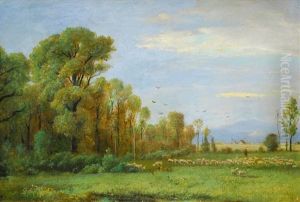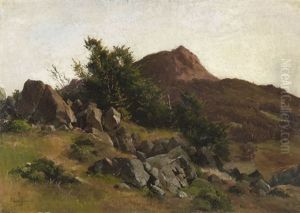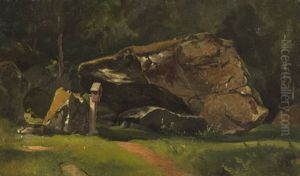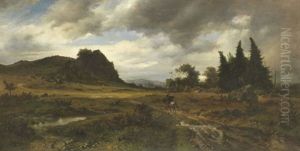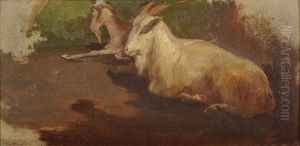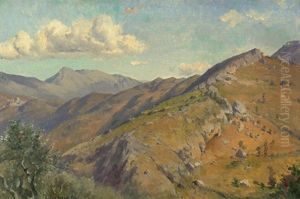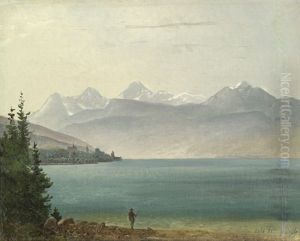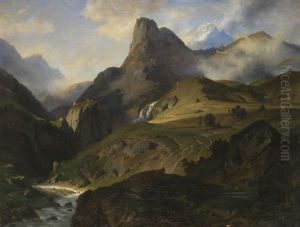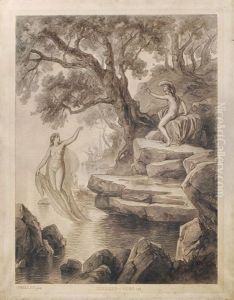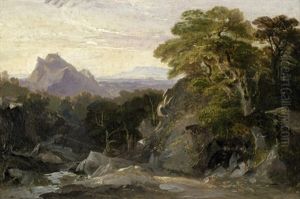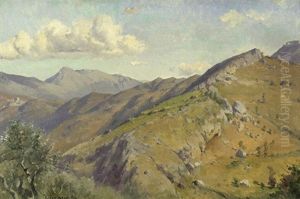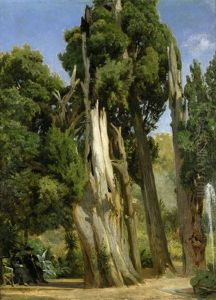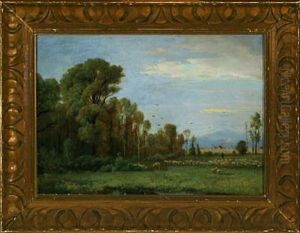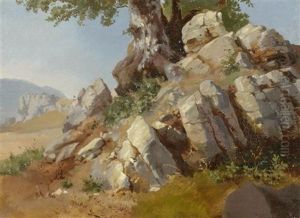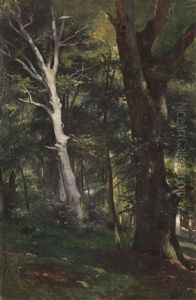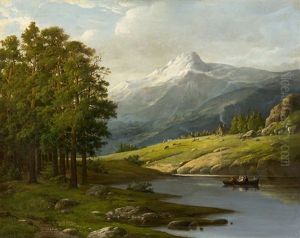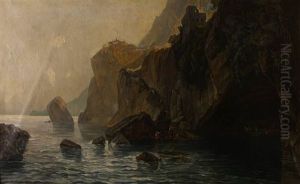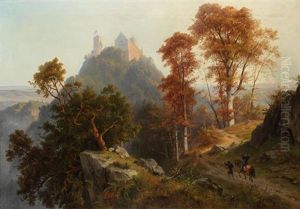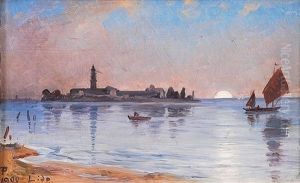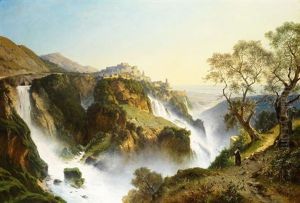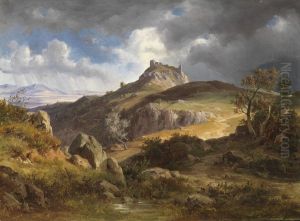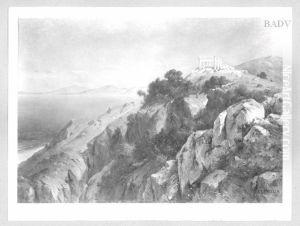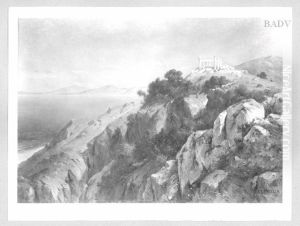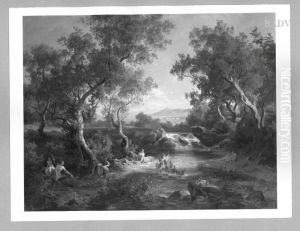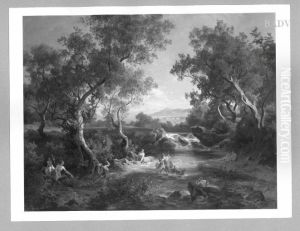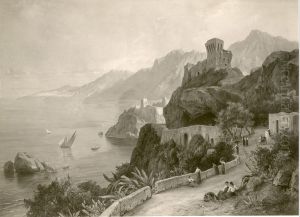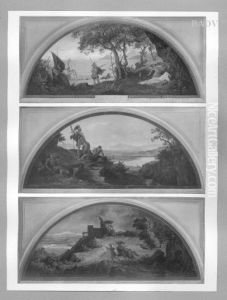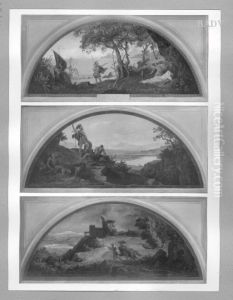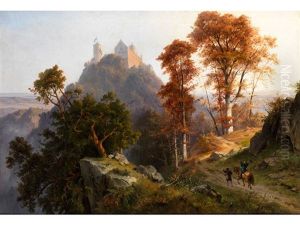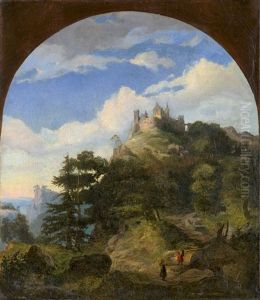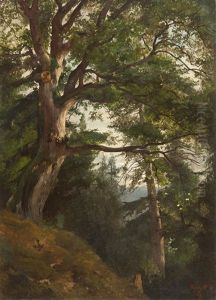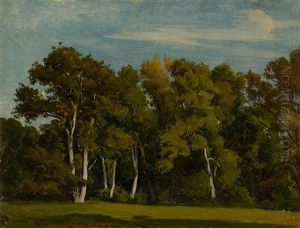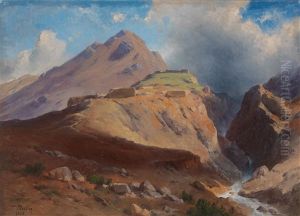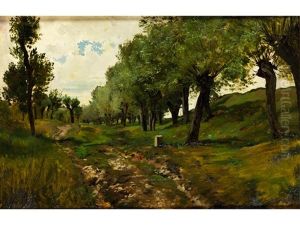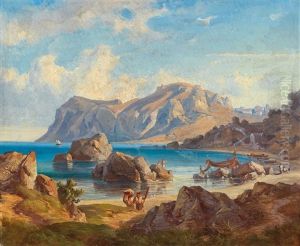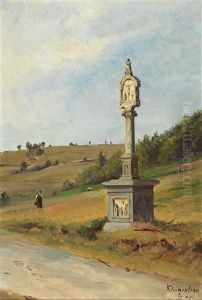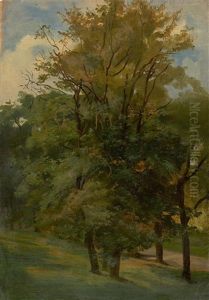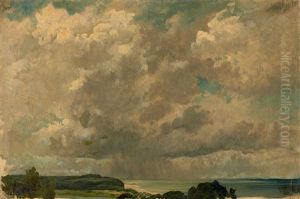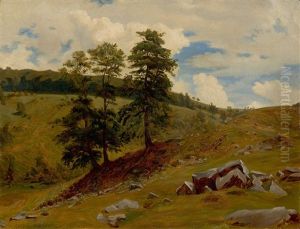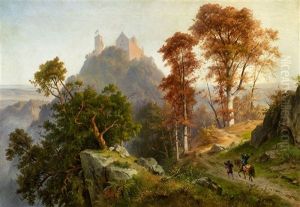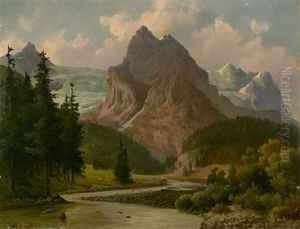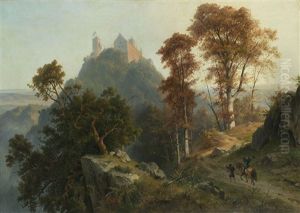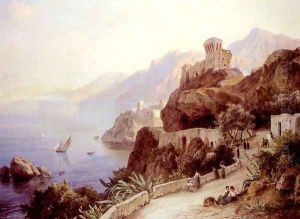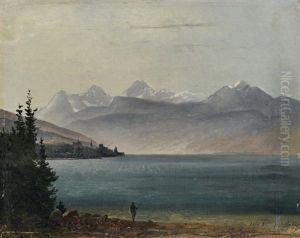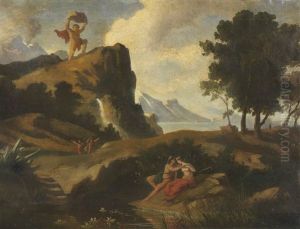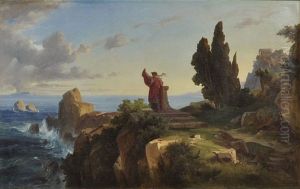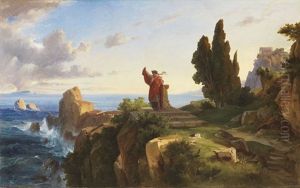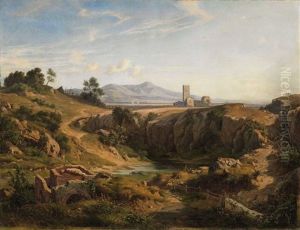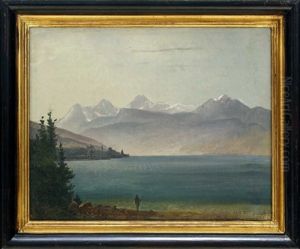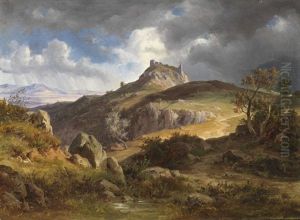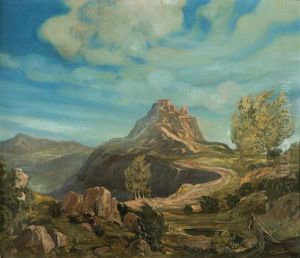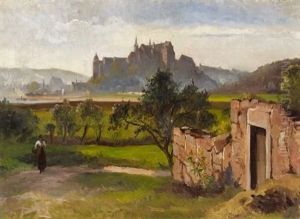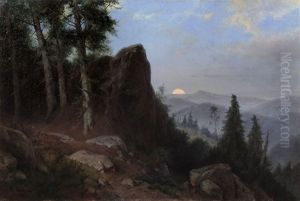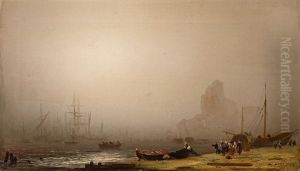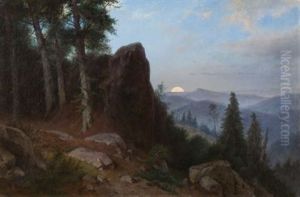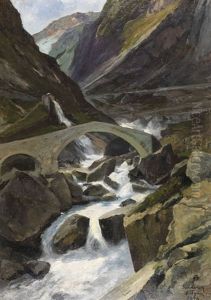Friedrich, the younger Preller Paintings
Friedrich Preller the Younger was a German landscape painter and etcher, born on July 26, 1838, in Weimar, Germany. He was the son of Friedrich Preller the Elder, who was also a renowned landscape painter and professor at the Weimar Art School. Following in his father's footsteps, Preller the Younger developed a strong affinity for art early in his life and became part of the 19th-century German art scene.
Preller the Younger received his initial artistic training from his father and later continued his studies at the Grand Ducal Saxon Art School in Weimar. He was significantly influenced by the artistic environment at home and his father's connection to the Barbizon school, which emphasized painting from nature. Preller the Younger also traveled extensively, which further developed his artistic style. His journeys took him to places such as Italy, where he was deeply impressed by the Renaissance masters, and to Norway, where he encountered rugged landscapes that would influence his later works.
During his career, Preller the Younger focused mainly on landscape painting. His works often featured maritime scenes, coastal landscapes, and depictions of the German countryside. He was particularly adept at capturing the atmospheric conditions of the scenes he painted, which was a characteristic element of his work. Preller the Younger's approach to landscape painting was both romantic and realistic, a fusion that allowed him to create works that were steeped in mood and emotion while also being grounded in accurate visual representation.
Aside from painting, Preller the Younger was also known for his etchings, which displayed a high level of detail and technical skill. He worked as a professor at the Weimar Art School, like his father, and contributed to the education of future generations of artists.
Friedrich Preller the Younger's work was well-received in his time, and he participated in various exhibitions, gaining recognition for his contribution to German landscape painting. He died on April 15, 1901, in Weimar. His legacy is preserved through his artworks, which continue to be studied and admired for their contribution to the landscape genre within the context of 19th-century European art.
